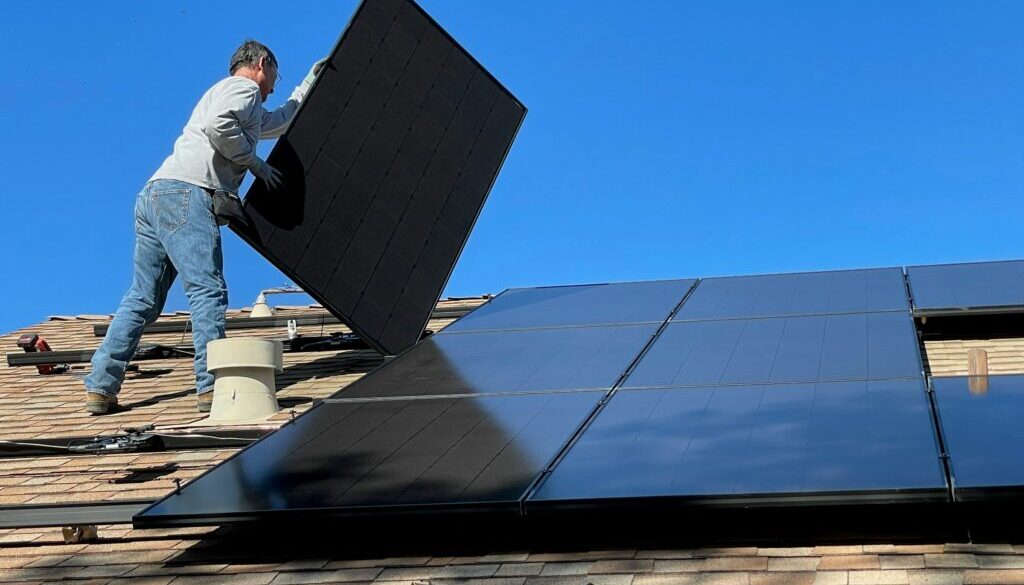EPA announces $7 billion to make solar more accessible
The US Environmental Protection Agency (EPA) said on Monday that it will provide $7 billion to create or expand low-income residential solar programs across the country, a move the agency said will lower energy costs for roughly 900,000 households in communities that might otherwise struggle to access the alternative energy source.
The grants will be awarded to 60 recipients made up of the state agencies, Tribes and nonprofits selected through a grant competition funded by the Inflation Reduction Act. The program includes services to help communities overcome barriers to switching to solar, including assistance with siting and permitting solar projects and connecting to the grid. according to an EPA press release.
In at least 25 states and territories, the agency says the grants will launch new programs “where there has never been a substantial low-income solar program before.”
“The United States can and must lead the world in transforming our energy systems away from fossil fuels,” said US Sen. Bernie Sanders (D-VT) said in a statement.
The “Solar for All”, which Sanders introduced, “will not only combat the existential threat of climate change by making solar energy available to working class families, it will also substantially lower the electric bills of Americans and create thousands of good-paying jobs,” Sanders said.
Recipients of the grant money have committed to save households in their programs at least 20% on their utility bills.
By increasing access to solar energy, the program is expected to reduce US emissions by the equivalent of 30 million metric tons of carbon dioxide over a five-year period and help make the electric grid more reliable and resilient to climate change, particularly in underserved communities, according to the EPA.
Solar energy is the fastest growing and most affordable new source of electricity in the US, according to the US Department of Energy. US solar power generation is expected to increase 75% from 2023 to 2025, the US Energy Information Administration predicted in January. As of March 2024, over 4.2 million US homes had been equipped with rooftop panels, although more than 84 million homes are eligible for solar, according to the company Solar Insure.
California has led the charge to adopt solar energy, with over 1.8 million homes in the state outfitted with solar panels – almost ten times as many as in Arizona, the runner-up in adopting solar.
The outlook for future growth of solar adoption in California recently took a hit, however, when the California Public Utilities Commission (CPUC) drastically reduced the value of the solar energy credits new solar users receive when they share the excess energy they produce with the grid.
The EPA’s solar funding announcement comes on the heels of news that the California Supreme Court will hear an appeal by environmental groups pushing back against the CPUC’s decision, which many view as a blow to the state’s renewable energy transition.
In November, the state approved further new regulations, this time on programs that incentivize solar energy installations at apartment buildings, schools and farms, a move critics said would make the benefits of this renewable energy less accessible, particularly for California’s low-income residents.
 EWG
EWG


